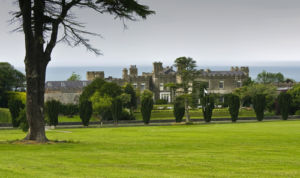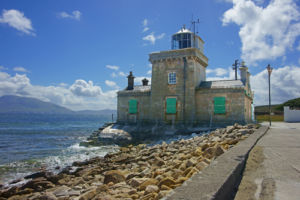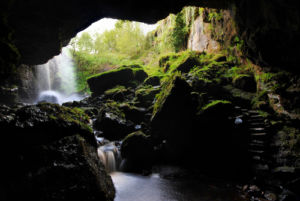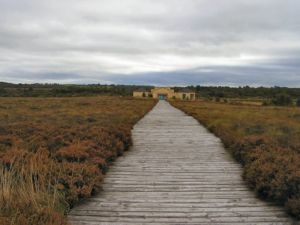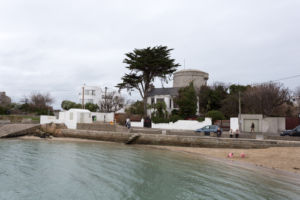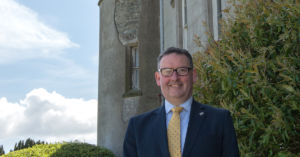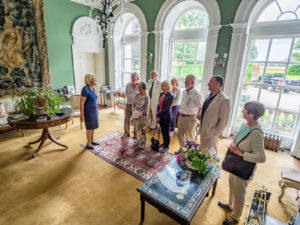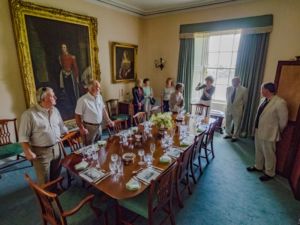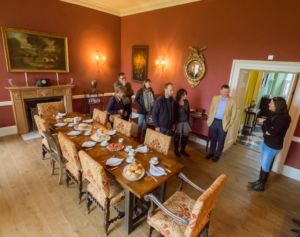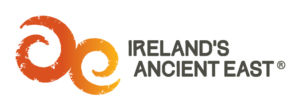This handy calculator, for employers and employees, is a guide for annual leave entitlements, including part-time workers.
Annual leave
All employees, both contracted by your business or by an employment agency, are entitled to annual leave. An employee is entitled to:
- Four normal working weeks of annual leave in a leave year. A leave year runs from April 1st to March 31st.
- One-third of a working week per month in which at least 117 hours was worked; or
- 3.8% of the total hours worked in a leave year, subject to a maximum cap of four normal working weeks (the method generally used for calculating part-time or casual employee entitlements).
An employee who has worked with your business for at least eight months is entitled to two weeks’ annual leave, uninterrupted.
Annual leave should be taken during the leave year in which the leave was accumulated, or within six months of that leave year. Carrying over leave is a matter for agreement between you and your employee.
Generally, it is best for employees to take leave within the same leave year, but in practice many employers tend to be more flexible. As an employer, you need to avoid ad hoc arrangements that may impact on the smooth running of your business.
Annual leave is not affected by other leave provided for by law. Time spent on maternity leave, parental leave, adoptive leave, and the first 13 weeks of carer’s leave is treated as though employees have been working.
Payment for annual leave is at the normal weekly rate of remuneration. The onus is on you, as the employer, to ensure employees receive their annual leave entitlement. Remember that all employees are entitled to get public holidays off. They are:
- New Year’s Day
- St Patrick’s Day
- Easter Monday
- First Monday in May, June and August
- Last Monday in October
- Christmas Day and St Stephen’s Day
Remember that Good Friday is not a public holiday. If an employee wants to take it off, it should come out of their annual leave. However, some employers give employees this day off as a gesture.
Find out more about annual leave.
Maternity leave
If an employee becomes pregnant while in employment, she is entitled to maternity leave. This right extends to all female employees (including casual workers), regardless of hours worked per week or the amount of time she has been an employee.
Remember, however, that employers are not obliged to pay employees on maternity leave. Payment is based on qualification for maternity benefit, which is available with sufficient PRSI contributions. If the employee qualifies, the Department of Social Protection pays the benefit. Depending on the employee’s contract, she may receive a top-up from the employer to make up her full rate of pay.
Female employees are entitled to 26 weeks’ paid maternity leave, along with an additional 16 weeks’ unpaid maternity leave, which begins directly after the end of maternity leave. Entitlement for public holidays still applies to employees on maternity leave, while annual leave can be accumulated while the employee is on maternity leave.
The employee is entitled to return to work with the same contract of employment after maternity leave. If it is not reasonably practicable for you to allow the employee to return to her job, you must provide her with suitable alternative work. This new position should not be less favourable than the terms of her previous job.
Remember that paternity leave is not recognised in Irish employment law, and is at your discretion.
Please see this online resource for more information on maternity leave.
Sick leave
There is no obligation for you to pay an employee who takes sick leave. It is purely at your own discretion, as outlined in the employee’s contract. An employee may avail of illness benefit if they have enough PRSI contributions, however.
If an employee is absent from work through sickness for more than two consecutive days, you can ask for a GP’s letter. You can also seek weekly medical reports if the employee is out for a longer period of time.
An employee’s entitlement to public holidays or annual leave is not affected by sick leave, provided a doctor’s note is provided.
Carer’s leave
Such leave allows employees to leave employment temporarily to provide full-time care for someone in need of it. The person the employee will care for does not need to be a family member, but could be a colleague or friend. Employees are entitled to carer’s leave of at least 13 weeks up to a maximum of 104 weeks.
Carer’s leave is unpaid, and employees can take leave as one block or in shorter periods adding up to 104 weeks. If the leave is broken up, the employee will not be entitled to commence another period of leave for the same cared-for person until at least six weeks after the previous period of leave ended.
Remember that to qualify for carer’s leave, an employee must have at least one year’s continuous service with you, the employer. Read more about carer’s leave online.
Parental leave
Such leave allows parents to take leave from employment in respect of certain children for up to 18 weeks per child. Leave can be taken for a child up to eight years years of age. If the child was adopted between the age of six and eight, leave can be taken up to two years after the adoption.
If a child has a disability or long-term illness, leave may be taken up until he or she is 16 years old. Employees are not entitled to any pay while on parental leave. See this online resource on parental leave for more information.
Adoptive leave
Only an adoptive mother is entitled to take leave from employment after adopting a child, unless a male is the sole adopter. An employee is entitled to 24 weeks’ adoptive leave. The employee may be paid adoptive benefit by the Department of Social Protection during this time. The employee is also entitled to an additional unpaid 16 weeks’ leave after the adoptive leave ends.
The employee has the same rights to return to work as with maternity leave, and must also give four weeks’ notice of the intention to return. More information can be found with this online resource on adoptive leave.
And remember
Document leave entitlements. Ensure that all leave entitlements, statutory or otherwise, that your business offers are included in letters of employment and in a company handbook.
Track annual leave against entitlements. Avoid disruption to your business by having formal processes in place for employees to request leave and log days taken versus entitlements.
This post was originally published here - https://www.thinkbusiness.ie/articles/holiday-entitlements-ireland/ on






